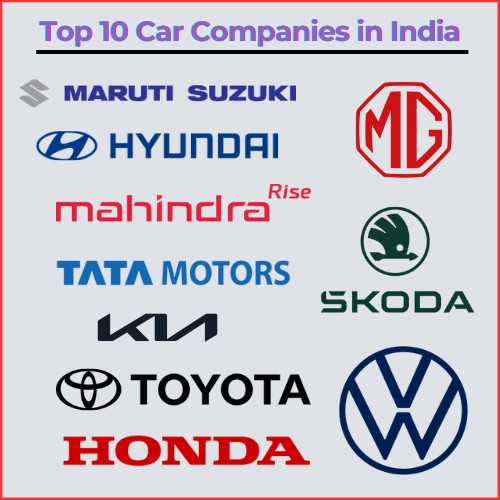According to data from the Federation of Automobile Dealers Associations (FADA), automobile retail sales witnessed a 14% increase in March compared to the same month the previous year. Similarly, sales grew by 21% YoY for the full financial year 2022-23 (FY23). Except for tractors, all vehicle categories, including two-wheelers, three-wheelers, passenger vehicles, and commercial vehicles, saw double-digit growth for both the month of March and the entire financial year.
In March, two-wheelers, three-wheelers, passenger vehicles, and commercial vehicles experienced growth of 12%, 69%, 14%, and 10%, respectively. However, tractors only grew by 4% in March. Even though two-wheeler sales increased in March, they were still down by 9% compared to pre-Covid levels in FY20.
Manish Raj Singhania, the President of FADA, attributed the growth in the passenger vehicle segment in March to better supplies, better sales, and an increase in prices of OBD 2A (on-board diagnostics) vehicles, coupled with multiple festivals in the month.
Singhania highlighted that FY23 was the first full year without any impact of Covid after a gap of two years. As a result, overall retail sales during the year experienced double-digit growth of 21%, and all categories, except for tractors, saw double-digit growth, with two-wheelers, three-wheelers, passenger vehicles, and commercial vehicles growing by 19%, 84%, 23%, and 33%, respectively. Tractors, however, only grew by 8%.
The 3-wheeler category maintained an impressive growth rate of 84% YoY, with electrification in this category reaching 52%, primarily driven by the e-rickshaw segment. The availability of finance, along with the availability of alternative fuels and state subsidies, has contributed to the growth of this segment.
Retail sales of passenger vehicles reached a record high of 3.6 million vehicles, growing 23% YoY. The previous high was in 2018-19 when retail sales were 3.2 million vehicles. Singhania noted that the passenger vehicle segment experienced numerous new launches and better product availability due to the easing of the semiconductor shortage during the year. The demand for higher-end variants helped sustain sales. However, the entry-level variant remains under pressure as customers in this category are still affected by high inflation.
Even though tractors registered single-digit growth of 8%, this segment clocked an all-time high retail sales of 827,000, beating its previous high of 782,000 units in FY21.
In the two-wheeler segment, Hero Motocorp saw its market share decrease from 34.35% in 2021-22 to 32.07% in 2022-23. On the other hand, Honda Motorcycle and TVS Motor saw a marginal increase during the period.
Among passenger vehicles, market leader Maruti Suzuki saw its share decline from 42.13% last year to 40.86% in 2022-23. Among three-wheelers, Bajaj Auto’s market share also dipped to 33%, compared to 35.5% a year ago.
In conclusion, the Indian automobile industry has shown strong growth despite the challenges of the Covid-19 pandemic. The growth in electrification, availability of finance, and state subsidies have contributed to the impressive performance of the industry. However, some segments, such as entry-level variants and tractor sales, are still under pressure due to high inflation and other factors. The changing market shares of major players in different vehicle categories are also worth noting.














